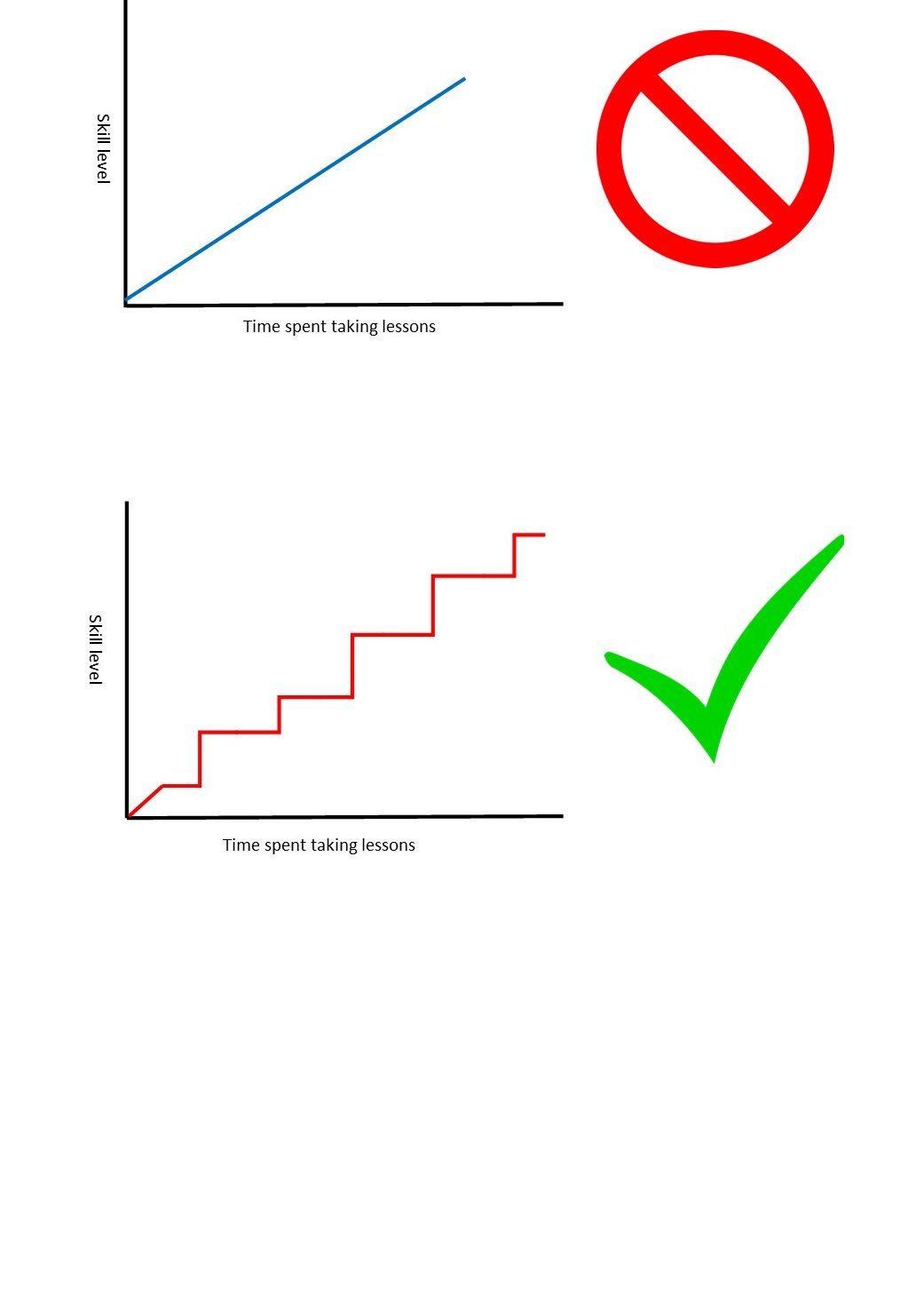This time of year, we enter our final preparations for examinations. While we, as teachers, hope our dancers practise at home throughout the year, this is the crucial time to ensure that the dancers are attending all their lessons and practising outside of the studio.
(These skills can be applied to all areas of life, but I’ll be writing this specifically for dance students).
So, what does practise actually mean?
Practise means to perform an action repeatedly to obtain, improve, or maintain proficiency.
In the context of a ballet exam, this would be performing the set steps, with or without music, to gain confidence and create good habits so the skills can be performed without huge amounts of thought and concentration. This enables the dancer to express artistically and enjoy the performance without worrying about the technique and choreography.
And what does practise look like?
Unfortunately, practise can often be a dancer carelessly running through the exercises and dances without thinking of applying the corrections they’ve been receiving or making conscious changes to the skills. This results in bad habits being formed. Observing caregivers see the dancer practising, assuming they’re doing the right thing but in reality, very little progress (if any) is being made.
Effective practise could look like a dancer rehearsing one section of a dance or exercise 5-10 times, no music required. They would concentrate on applying the corrections that have been discussed in class. This kind of practise does not require huge amounts of space, it can be done on the spot or in a small, clear area.
Effective practise could also look like the dancer listening to the music and going through the arm and head movements. Again, this can be done in a small space.
Effective practise could look like a dancer standing in the kitchen, using the bench as a barre, and testing their balance over and over again. Thinking about their posture, analysing what’s going wrong if they wobble or fall, and trying again to hold it for longer stretches of time.
Practise could be a dancer performing for their family, showing the dances or exercises they’re rehearsing for their exam.
Technology has aided dancers in their at-home practise. Most exams levels have YouTube videos of other dancers performing the same work (careful to reverse the work though as following on exactly from the video will result in the dancer doing the work on the wrong leg…)
Dance progresses as a series of plateaus based on effort applied.
Dancers do not simply get better they longer they’ve been attending classes or by the amount of time spent in the studio. Effort results in improvement – the more effort, the faster they’ll progress!
I am aware that many of our dancers have busy lives but finding any small chance to rehearse, even just for a few minutes, can result in the dancer improving and gaining higher marks in their exam.

Key features of effective practise.
- Repetition, repetition, repetition.
- Thinking about corrections. There is no perfection in dance – improvements can always be made.
- Practise can be done anywhere, large spaces and set music are not required. Visualising dances while lying in bed can aid in memorising choreography and counts as practise!
- We are always giving dancers feedback and corrections. If they don’t feel like they know what corrections to make – send us an email and we’ll let you know.
Happy Practising!

